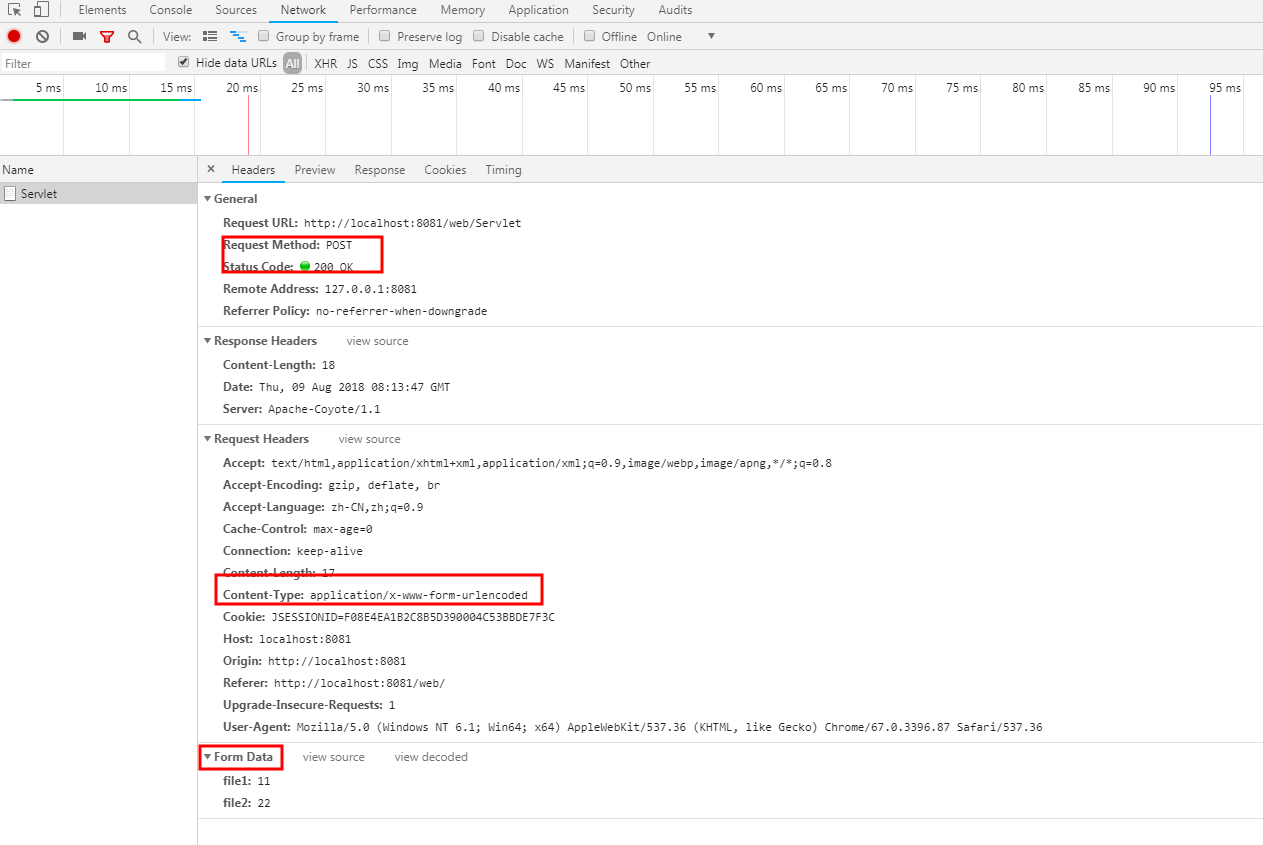

Your app would gather your user’s location and then make a request to the server saying, “Hey, send me the weather information for this specific city.”ĭepending on what you are trying to achieve, you would use the various request methods that are available. Instead, the app can access weather data by city using the Weather web API.
#Http client post update
This would make the app bloated and slow, would take forever to research and manually add to a database, and would be a headache to update every single day. This weather app wouldn’t have every city and its weather information coded directly into it. The weather app that your user is going to interact with is the client application – it has buttons, a search bar, and displays data like city name, current temperature, AQI, and so on. Let’s say you were building a weather web app, for example. These requests are fulfilled by the server application which sends back a response containing the resource you requested, among other things.

These communications are almost always initiated by clients in the form of requests. Client-Server CommunicationĬlient and server applications communicate by sending individual messages on an as-needed basis, rather than an ongoing stream of communication.
#Http client post code
Now modern tools like Next.js and Netlify allow developers to run server code in the same app as their client app, without needing a dedicated server application. This architecture helps protect things like your API keys, personal data, and more. Your entire client application gets downloaded into the browser, and all of the data can be accessed by anyone accessing your web page. The main reason for this separation is to secure sensitive information.

A server application is a program that is running somewhere, listening, and waiting for a request.

A server application is the one that sends the content, or resource, to your client application. This architecture describes how all web applications work and defines the rules for how they communicate.Ī client application is the one that a user is actually interacting with, that's displaying the content. In order to understand the HTTP methods, it’s important to cover the concept of client/server architecture. It is the mechanism that allows developers to request resources. API stands for application programming interface. These resources are made available to us via an API and we make requests to these APIs via the HTTP protocol. Resources could mean anything from HTML files to data from a database, photos, text, and so on. HTTP is a protocol, or a definite set of rules, for accessing resources on the web. You'll also have experience making requests and working with a web API. Topics we'll cover in this post:īy the end of this article you'll have a good understanding of the functions of each request method. In order to get a deep understanding of how HTTP methods work, I'll also go over key context and background information. You'll learn what each HTTP method is used for as well as why we use them. In this article, we'll be discussing the get, put, and post HTTP methods.


 0 kommentar(er)
0 kommentar(er)
